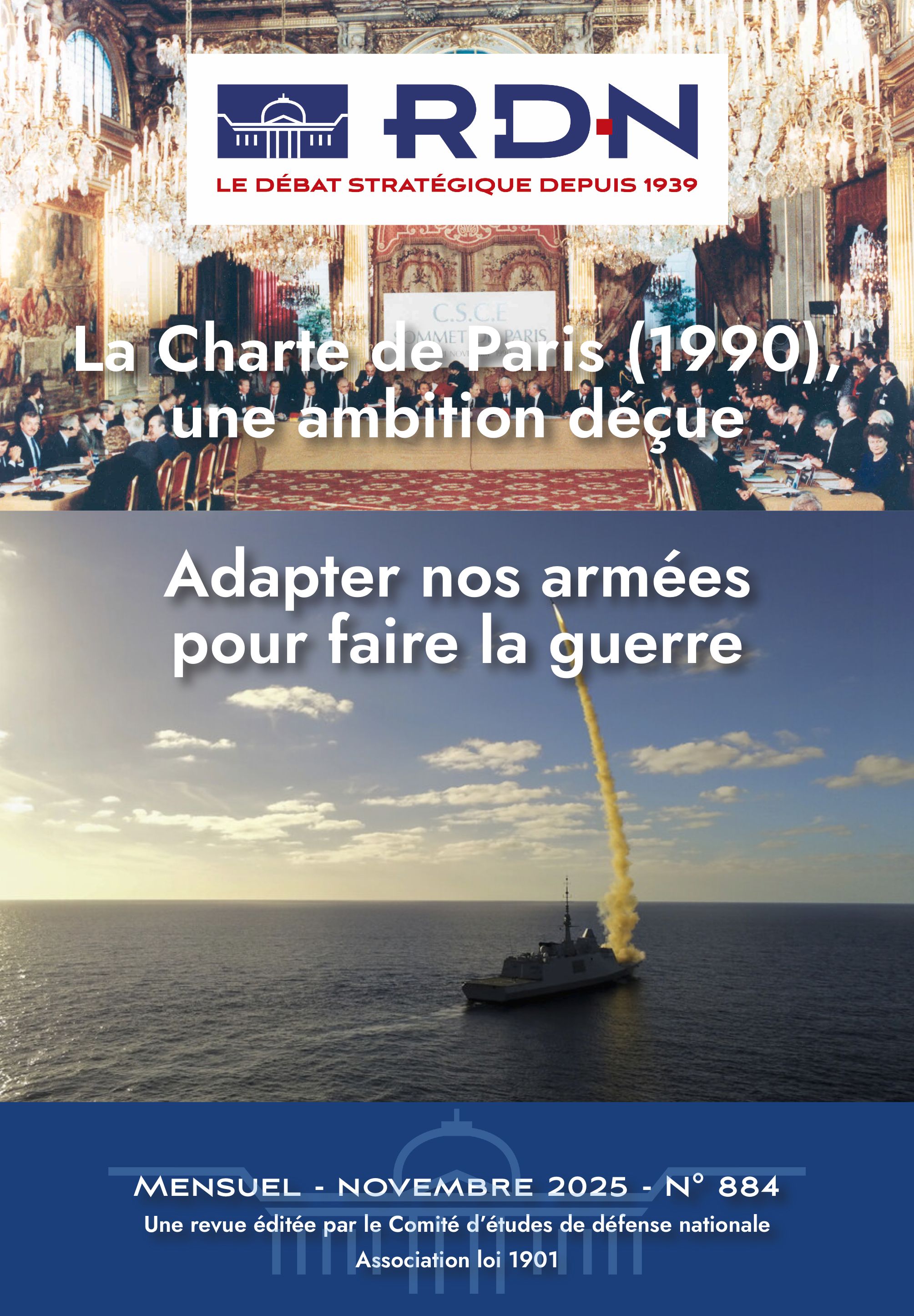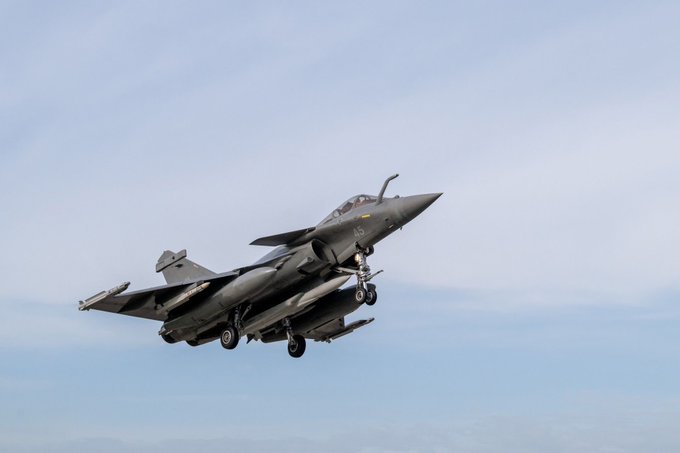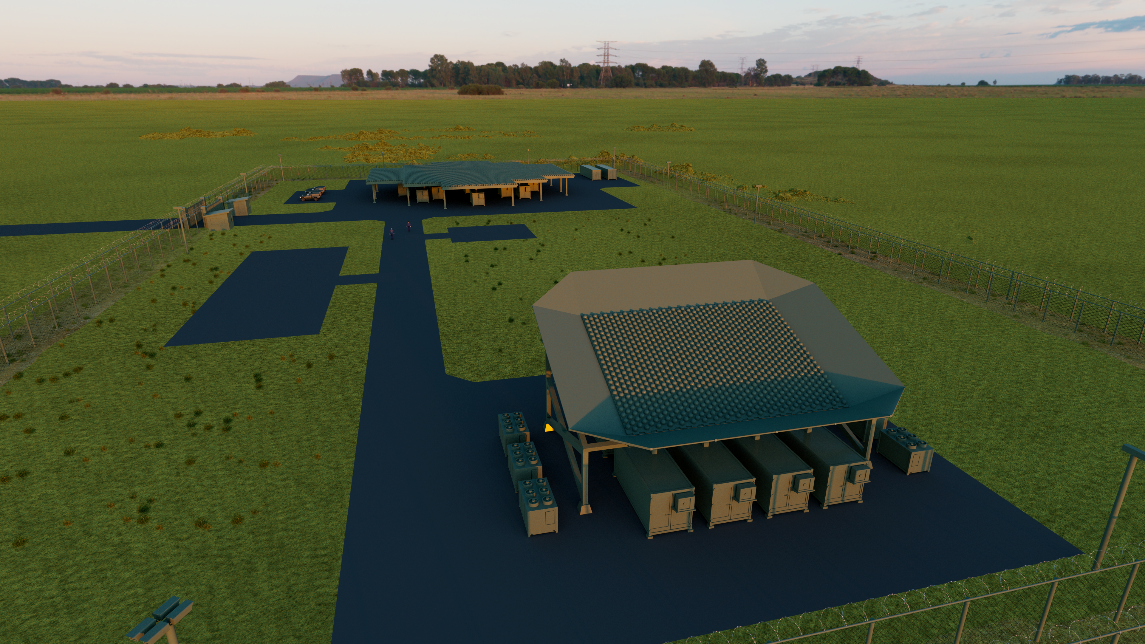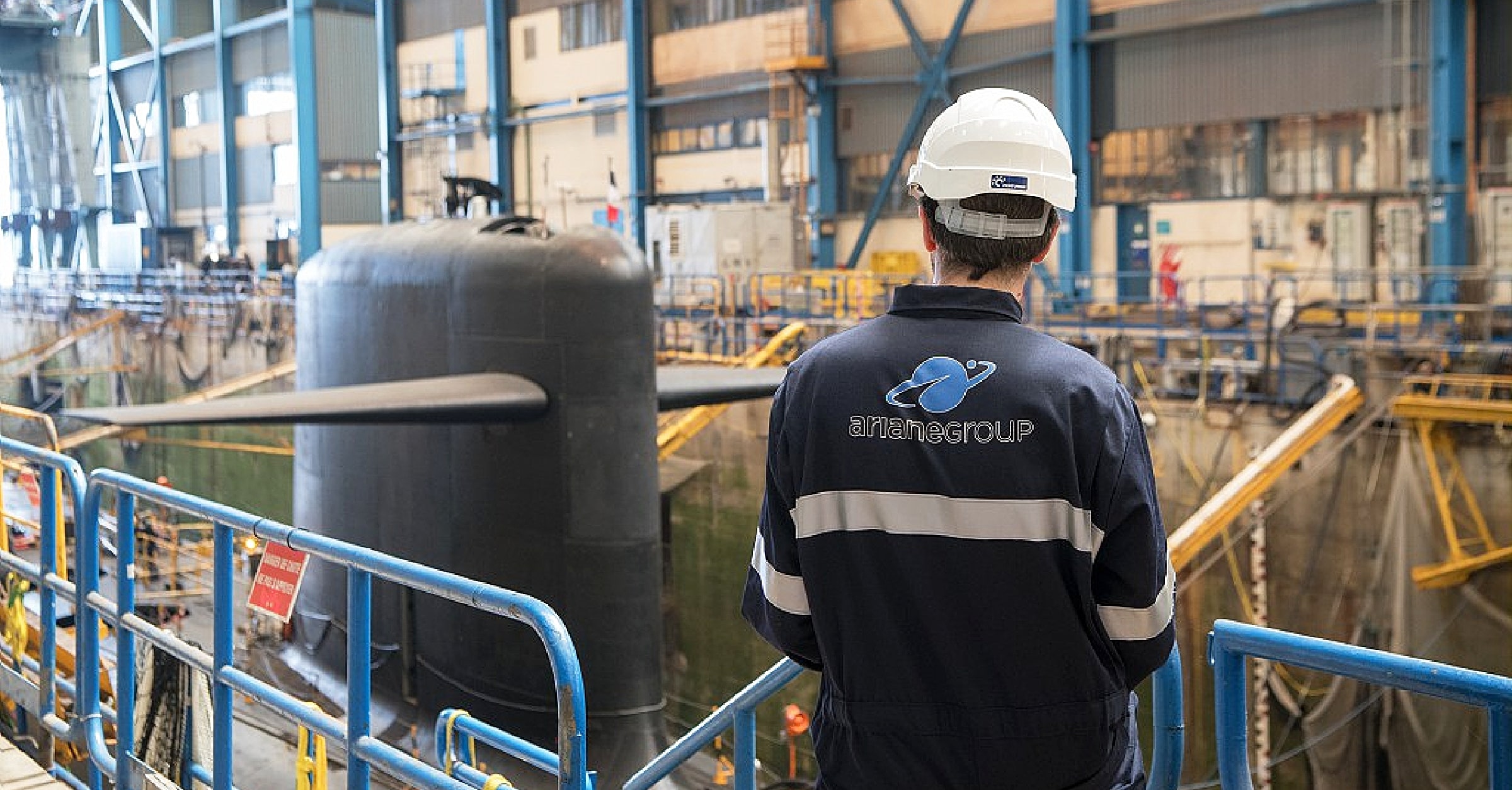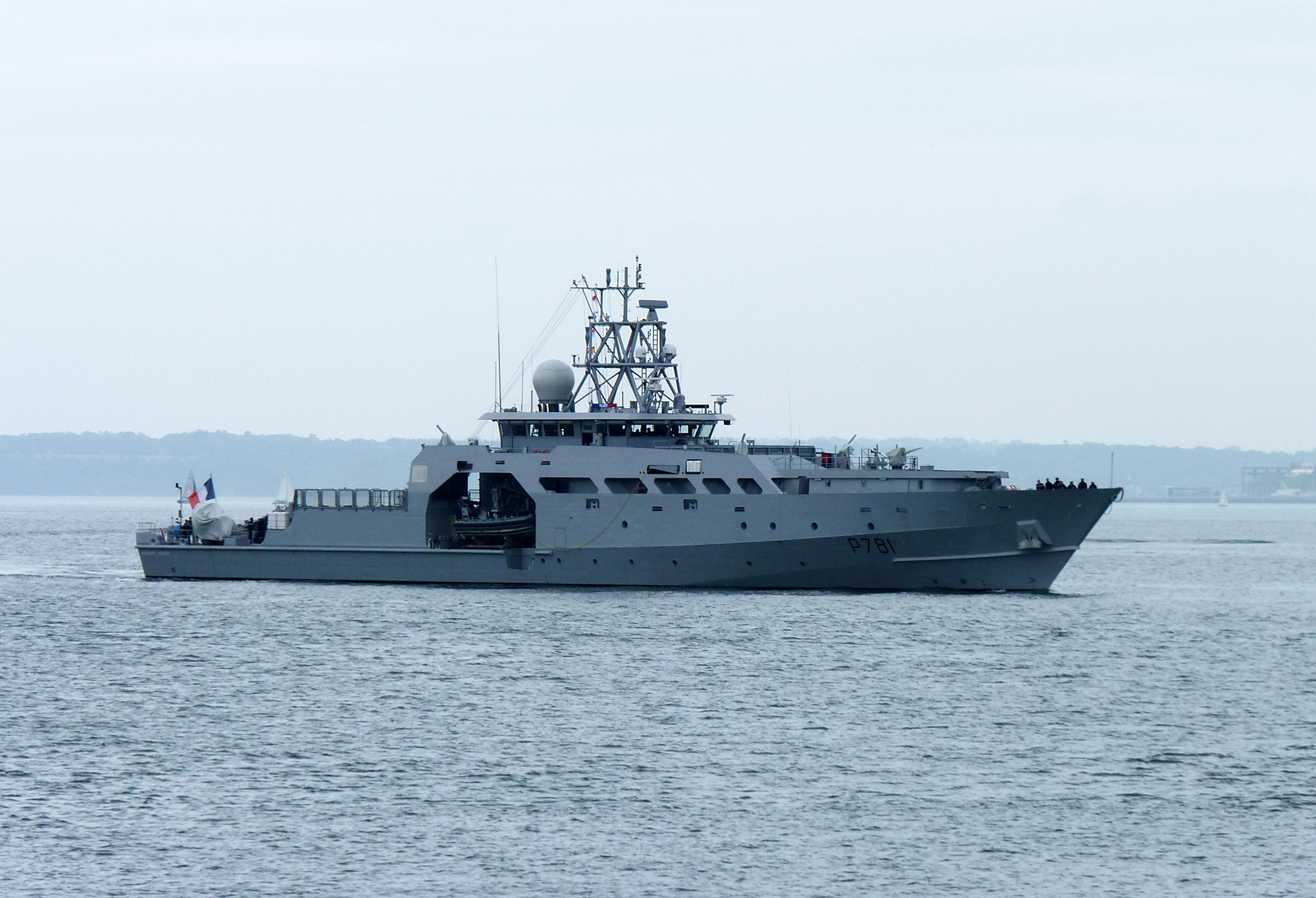The author, who is an expert in the field, considers that the drone differs from a combat aircraft only to the extent that its in-flight endurance allows the pilot to remain on the ground. From this standpoint, he explains the invalidity of any reticence to use the drone as a tool like any other during combat.
The Only Machiavellian Aspect of the Drone is its Human Element
According to a number of writers who specialise in law or in modern conflict, drones are the new danger that everyone should fear. Aside from ethical questions about their use, and the moral aspects of their commitment, they could constitute a grave danger, should they fall into the wrong hands. Needless to say, the aeroplane is quite the opposite: it is more human and more civilised, and is less prone to error. The proliferation of such extravagant terminology is designed to make us think that the drone is nothing other than a robot that goes around killing automatically according to some mechanised form of decision-making, and in the process making blunders right, left and centre whilst willy-nilly eliminating those citizens declared undesirable according to processes or actions unrelated to any form of legal framework. Nothing could be further from the truth.
Permanent surveillance and real-time dissemination of data
The main reason for using drones (or Unmanned aerial vehicles – UAVs) today is certainly not to deliver weapons onto targets secretly from the other side of a border. It is, first and foremost, to try to compensate for the intrinsic weakness of air power, which is the inability to assert long-term control over captured airspace in order to conduct surveillance of activity on the ground. Whatever its role, be it air defence, bombing or reconnaissance, an aircraft cannot fly indefinitely.
It has to land to change pilots, since not only are long flights testing for the aircraft, but also, and especially, for the aircrew. Because of this, drones are mainly used on missions that cannot be performed by crewed aircraft—those long surveillance missions using a variety of optical, radar or laser sensors. Freed from the major handicap to endurance in flight, the human on board, the drone becomes the ideal machine to maintain a potential target and its environment under constant surveillance. But therein lies the paradox, for man remains firmly in the decisional and operational cycle. Satellite transmission technology allows us to have a sentinel permanently in the air, whose electronic eyes transmit real-time information on what they see to the decision-makers.
Once the surveillance process is completed—and remember that intelligence gathering is the primary role of drones—a decision may be made to strike. However, the French Male drone (Moyenne altitude, longue endurance – medium altitude, long endurance) does not always carry weapons, since being armed drastically reduces its time on task: for a given total weight, the more armament carried, the less fuel. Moreover, during the surveillance phase, and the attack phase if there is one, the drone is not a robot. Quite the contrary.
The cockpit is the real nerve centre of an aircraft, and it is from there that an entire human crew directs it. The aircraft has to be piloted, its sensors directed correctly, intelligence analysed and classified, targets identified, checks made with the headquarters regarding the legal position on the targets and the mission’s objectives, and the most appropriate weapons chosen for the mission. After all that, it requires a human being to give the order to launch a precision weapon onto the target. All of this is performed with a transparency to which no other weapon system is constrained. The transparency is aided by the filming of every phase, from intelligence gathering to firing, and the live pictures are sent to the decision-making level in real time, are recorded and saved. The process is supervised by legal advisors and conducted under the direction of military or political chiefs. It is therefore easy to imagine the members of parliamentary enquiry committees consulting the recordings of these firings, in order to verify all the legal elements of their planning, organisation and activation.
A few words on the main criticisms of the use of drones
Issues of ethics and morals
The fact that pilots are at the controls of drones ought to put an end to the rumour of the marauding killer robot that assassinates brutally and without restraint. In the end, drones are only aircraft like any other with the exception that they are piloted from the ground. Hard though it might be to accept, no system is more humanised in its operation and in the control of its action than a drone. It is true that the crew acts via a digital eye and a satellite link, and is not physically committed in the field, yet for war to be ethical, were that even possible, are we really expected to return to the olden days of sword fights and hand-to-hand combat? Is it not entirely legitimate to operate remotely from an adversary who uses improvised explosive devices or human suicide bombers? At every stage in the process man is, and remains, in the loop, right up to the terminal guidance phase of the weapon.
As for the decision to kill this or that person, it is not taken by the drone, nor by the pilot, nor even by the commander of the mission: it is taken by the political leader. The same process is followed, whether the action is overt (that is, a legitimate action from the legal point of view) or covert (in which the state decides to act outside any legal framework and use secret assets to achieve certain effects on targets). In the past, some used poisoned umbrellas; today, others use a different weapon, the drone. Despite all that, and unless they are stealth machines (and the American Predator and Reaper drones are not), for drones to fly in any given airspace they must at least have the tacit agreement of the overflown state in order to operate. Otherwise, how do we suppose that aircraft that fly barely faster than modern private light planes could remain for hours above a territory in complete impunity?
The belief that use of drones is against the law
There are those who claim that drones act, or even assassinate, outside any judicial and legal framework. If we accept as a premise that drones are subject to the same rules as other military aircraft operating in an airspace governed by a defined judicial framework, then any question of the legality of their use is irrelevant. If they are used according to an agreement between two countries, one the user of the drones, the other possessing the territory overflown, once again the question is irrelevant. No, the real challenge lies in ensuring that those who govern the processes of decision-making and use of weapons, and those appointed to piloting and putting the policy of the nation’s elected representatives into effect, are made abundantly aware of the ethical issues involved, and receive training in the legal aspects. Additionally, the notion of parliamentary control of the actions of the armed forces in general, and of special forces in particular, is a vital issue for any self-respecting democracy, and it is precisely that which must guard against any inhuman use of a weapon system. Whether it is a drone, a sniper, a GPS or laser-guided bomb, a cruise missile, a mortar round or a torpedo is not the issue. The tool has no value without the human will and decision to use it. On the other hand, the introduction of artificial intelligence into future combat systems is something altogether different: it raises real ethical and moral questions. Nevertheless, the drones which are being described here, and which France wishes to procure in the short term, do not fall into that category.
The belief that drones are dangerous
Drones could fall into the wrong hands, ‘they’ say, or even be used by belligerent powers or armed terrorist groups. Apart from the vulnerability of the platform itself, that has already been mentioned, the weakness of drones lies in their dependence on multiple satellite links. These links are needed to pilot it remotely and to transmit the information gathered by its various electronic eyes and ears. Although it is theoretically possible to intercept a drone and take control of it remotely, actually doing it requires complex technology, if only because its ‘cockpit’, or rather, the place from which the pilot controls the system, is elsewhere and is manufactured to very specific industrial standards. And although information technology has advanced in massive strides which, paradoxically, is exactly what gives hackers the technology to penetrate computer networks, the fact remains that to intercept a drone, take control of it and reprogram its mission and trajectory is for the moment pure science fiction. If a drone were stolen, when its owner knows it has been lost, would not alter the fundamentals of air warfare, because any unidentified object would be intercepted and, if it did not respond to orders or to flight directions, it would be shot down.
It is of note that what frightens the average person is not necessarily what the terrorist sees as the most effective means of action. The 9/11 attacks are a good example of the fears of the former and the achievements of the latter. There have long been fears of a terrorist strike with nuclear weapons stolen from the former Soviet Union, and yet al-Qaeda used civil airliners as missiles against the twin towers of the World Trade Center. That action was also a demonstration that, for Islamic terrorism, the dimension of dying a martyr’s death remained fundamental. Everyone would agree on the impossibility of achieving such a goal from the ‘cockpit’ of a drone which, by definition, is on the ground. Contrary to a widespread belief, drones still remain extremely dependent on humans, and so paradoxically no other weapon system is more humanised in its deployment and in control of its action, than the drone. Its remote eye transmits constantly, and in real time via a digital umbilical cord which links the real world to the team that looks at it, and the information gathered to the political authorities who decide whether or not to use a weapon.
Any attack is considered long and hard and is therefore never a sort of robot-driven assassination simply as a result of using a drone, for there are always humans behind these futuristic-looking flying objects. And these humans work within a political and legal structure, which conforms to the laws of armed conflict. The moral values on which their training is based guard against inhuman actions. The current priority for France is to increase effort on the multi-sensor Male surveillance drone component, rather than to procure a new strike capability. The Air Force has enviable knowhow and expertise in all theatres of operation, and it would be to its great detriment to lose them because of some gap in capability. The checks and balances ensured by parliamentary enquiry committees should in any case assure the citizen that the use of Male drones for surveillance or, in the longer term, armed attack, is conducted within the law. Above all, it is the politicians who decide whether to kill, using the hands of responsible, professional, military personnel to act for them, not the drones.
So if there really is anything Machiavellian about the use of drones, it is that man remains its instigator. ♦

